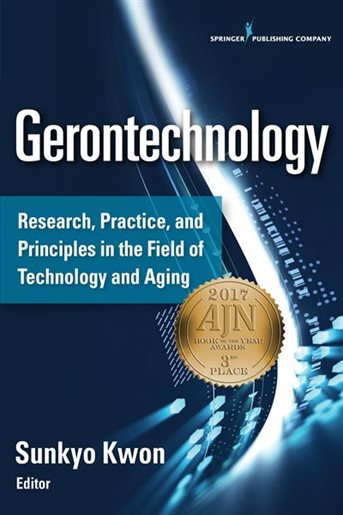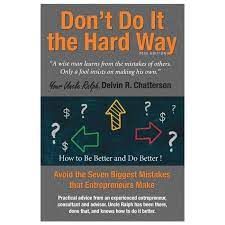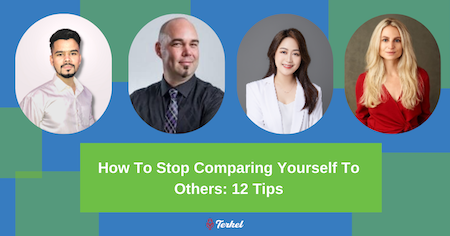By Mark Venning, ChangeRangers.com
Special to the Financial Independence Hub
Is Age Tech a Coming of Age story?
Well you might think so, given all of sudden it seems, how far but quickly we’ve come, to where we’re at now, this point in 2022. While on the one hand Age Tech is a coming of age story, in the world at large it is either unheard of, or if it is heard of in some circles, it is either misunderstood or too confusing in its jumble of jargon for everyday people to grasp. Even some in this emerging industry question whether Age Tech is the best term to use. So what’s the story?
Perhaps we should start at the beginning with once upon a time. Simply the story goes, in the 1970s some engineers, industrial designers and gerontologists were curious and asked a question about how technology could join up with the field of aging studies and, as noted in the 2009 publication Defining Gerontechnology for R&D Purposes: they “recognized the need for a conceptual framework.”
Along came the 1980s, the marriage of gerontology and technology: Gerontechnology. Originator of that term in 1988, Jan A.M. Graafmans was part of a research team in Eindhoven University of Technology, “that started an effort to develop a program of research and education in gerontechnology aiming at further integration of engineering sciences with those disciplines already involved in aging studies.” Read his The History and Incubation of Gerontechnology.
 As an inter-disciplinary, academic and research field, Gerontechnology established itself in 1997 forming the International Society for Gerontechnology (ISG). Speaking of jargon, at the best of times Gerontechnology is a mouthful to say let alone to understand fast. On the ISG website it is described as “designing technology and environment for independent living and social participation of older persons in good health, comfort and safety.”
As an inter-disciplinary, academic and research field, Gerontechnology established itself in 1997 forming the International Society for Gerontechnology (ISG). Speaking of jargon, at the best of times Gerontechnology is a mouthful to say let alone to understand fast. On the ISG website it is described as “designing technology and environment for independent living and social participation of older persons in good health, comfort and safety.”
Fast forward. My journey with technology and aging began in 2013 when Stanford Centre on Longevity kicked off its Longevity Design Challenge competition. In 2015 I followed Canada’s newly formed technology and aging network AGE-WELL. To appreciate the development of Gerontechnology, I highly recommend the 24 collected papers compiled by editor, Sunkyo Kwon – Gerontechnology: Research. Practice and Principles in the field of Technology and Aging. [cover on the left]
But even then all this did not quite make a coming of age story. Until now. Roughly since 2020, Age Tech has become the fast term that has at least made for an easier conversation starter. The real secret in explaining what it means is the ability to link up the Age Tech talk to the human needs it services. All you need are three examples everyday people can identify with, such as health and home care, mobility and transportation & social connection.
Avoiding the risk of overwhelming you here, to prove that there is a real coming of age marketplace for Age Tech, there are several new resources that can help you quickly do your own research; and no doubt some of you may have experienced some of the products available, even if their brand recognition is low.
Recently published (2022) is the book by Keren Etkin – The AgeTech Revolution. If you want to be bedazzled before you read the book, on Etkin’s website The Gerontechnologist you will find a very busy Age Tech Market Map filled with brand logos under various categories and sub-categories from health and wellness to tech-enabled home care.
Early in March at last AGE-WELL with help from the Centre for Technology Adoption for Aging in the North (CTAAN) published Canada’s Agetech Startup Map (seen at the top of this blog). Actually if you click on the logos on the PDF link you will find the websites for all the brand names featured. On the CTAAN web page for Age Tech you will find links to products listed under six clear topic headings, some more products not listed on the Agetech Startup Map.
If you think this is all hype and are not yet convinced that Age Tech has arrived at its coming of age, then you soon should be convinced after you check out some of what I’ve highlighted here. Try some of this out as a conversation starter next time you meet up with friends to test market awareness as it were. And because I can’t resist I’ll leave you with one more.
Poking around as I do, to see what’s covered on Age Tech in other parts of the world, I found a snappy article What is Age Tech? by Andreea Toma, dated 2020 from a UK based marketing agency Creative Quills (love that name.) Toma’s quill keeps it simple: “AgeTech is an emerging group of technologies which seeks to improve the lives of older adults.”
 Mark Venning is a writer, speaker, researcher and advisor on the business, technology, health & social aspects of ageing and longevity which include changing concepts in a longevity society for Age Inclusive Communities. He is an Associate Member of the International Federation on Ageing.
Mark Venning is a writer, speaker, researcher and advisor on the business, technology, health & social aspects of ageing and longevity which include changing concepts in a longevity society for Age Inclusive Communities. He is an Associate Member of the International Federation on Ageing.
This blog originally appeared on March 15, 2022 and is republished here with his permission.






